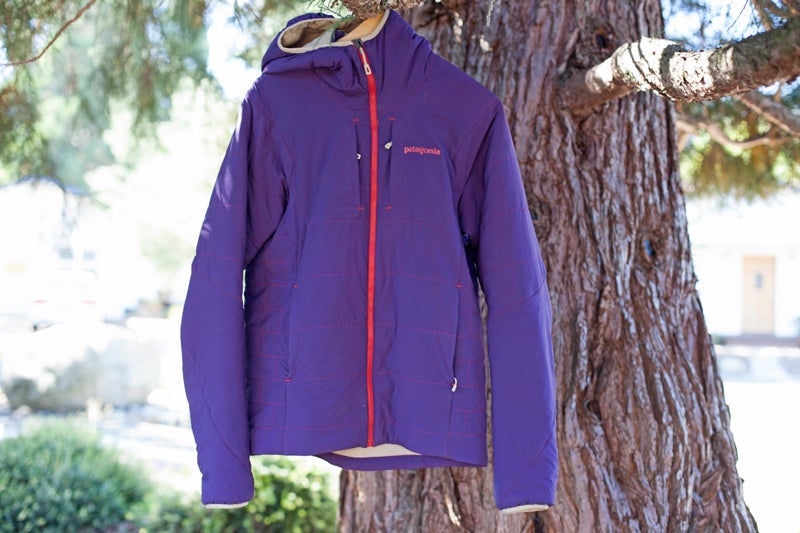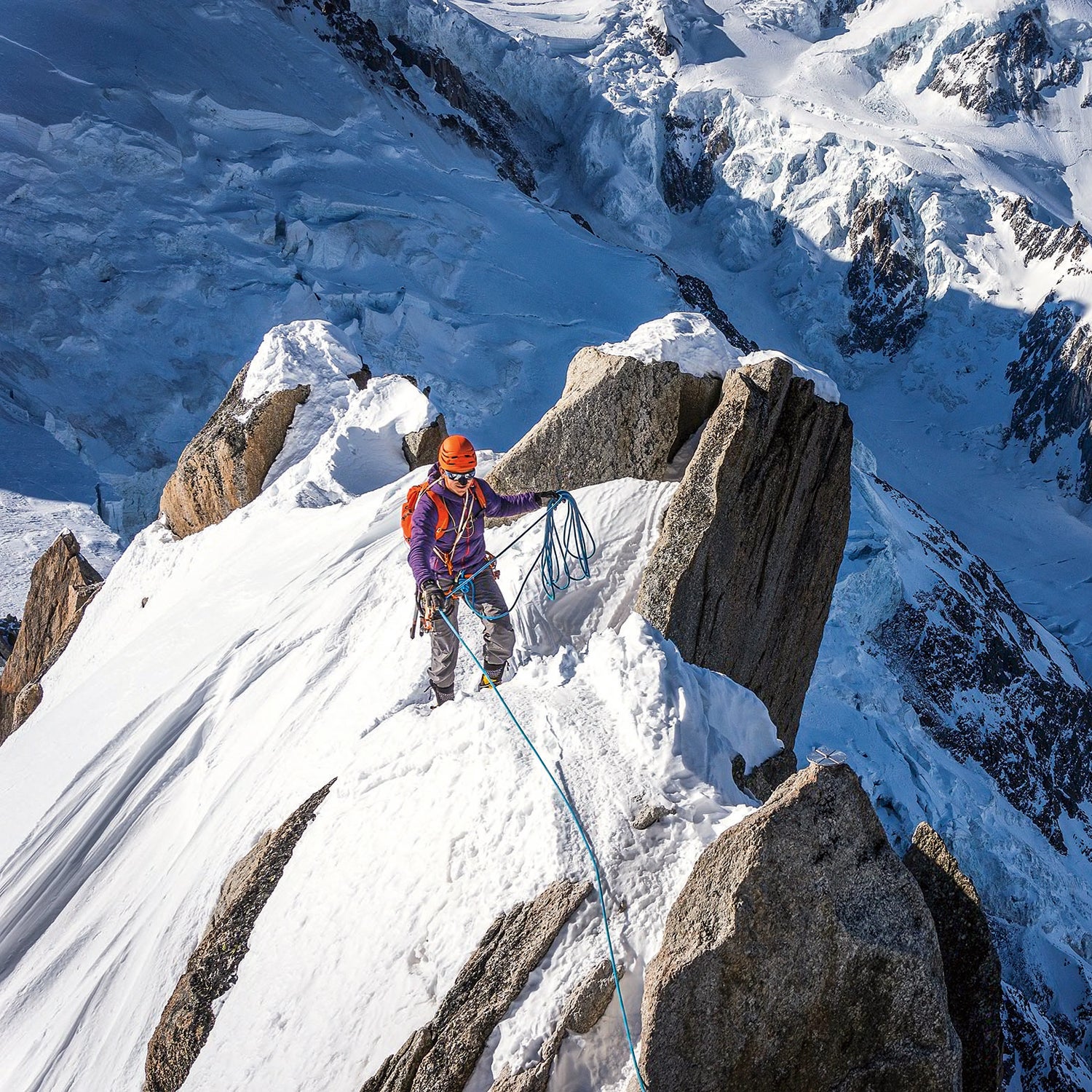A good midlayer is often overlooked in favor of a sturdy waterproof shell or moisture-wicking base layer. While the latter are certainly important, it’s hard to overestimate the importance of a warm yet breathable midlayer.
That’s why I was so excited to test ($299) last season. When it comes to breathability and stretch, I found this layer to be superior to anything else I’ve used—including Polartec’s Alpha, which was the previous quantum leap in this arena.
The secret? Patagonia’s proprietary , a single piece of fabric that doesn’t shift inside the Nano-Air during use. It also doesn’t work its way out of a loosely woven fabric, which gave Patagonia’s designers the freedom to make the shell super-stretchy and super-breathable—and, man, did they make it breathable.
, which you’ll find in midlayers from many companies, including and , also doesn’t move around under a shell. But most of those pieces rely on a waterproof/breathable or ripstop exterior that is considerably less breathable than the exterior fabric Patagonia uses in the Nano-Air.

“In the past, we were restricted to using these shut-down fabrics,” says Patagonia’s senior alpine designer Eric Rice. “Now, with FullRange insulation, we can use a really open-weave fabric.” Since designers didn’t need a tight weave to keep the insulation in the fabric, they were able to open up the exterior and create space for vapor to exit the jacket.Â
Patagonia doesn’t rank its gear using temperature ratings or CFM, the current measurement for breathability, so I can’t definitively claim the Nano-Air has twice the CFM of its competitors. But I can say that after using it in the field for more than 25 days, I’ve never worn such a comfortable, versatile jacket.
It dries and breathes like fleece, but it’s warmer and has the tough, water-resistant exterior of a lightweight soft shell. I went climbing in this jacket with temperatures topping out in the high 40s and skied with it in temperatures in the teens and never got too hot or too cold. It’s unlike anything on the market right now.
On top of breathing incredibly well, the Nano-Air dries faster than any insulated layer I’ve used. I soaked it with sweat while climbing the Aurete des Cosmiques in Chamonix and was completely dry in less than 20 minutes, about a third faster than I would expect from any other midlayer I own.
I don’t recommend the Nano-Air as a stand-alone outer layer if you’re going to be in harsh climates. It’s so breathable that it doesn’t provide much wind protection. And though it has a DWR coating, it’s not waterproof. You’ll want to pack a shell to wear over the Nano-Air when you’re in the mountains.
But it really shines during high-output days of skiing, climbing, or hiking. I wore the midlayer with a lightweight base layer while backcountry skiing in April and didn’t remove the jacket once during three ascents and a 10-degree temperature shift (from 35 to 45 degrees).
While buddies fumbled with layers, I never did more than unzip the top three-quarters of the jacket. “You seriously aren’t taking that thing off?” An envious ski partner asked on our third ascent. I smiled. “You always have the best gear,” he replied grumpily. I agreed.


